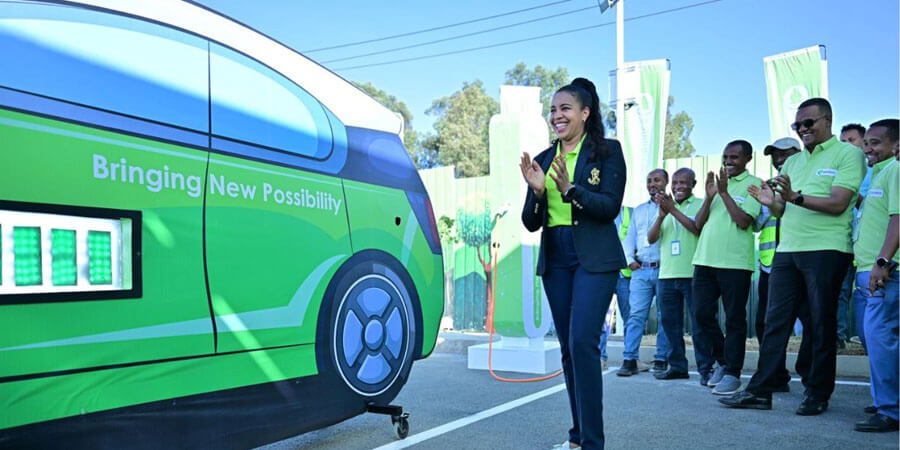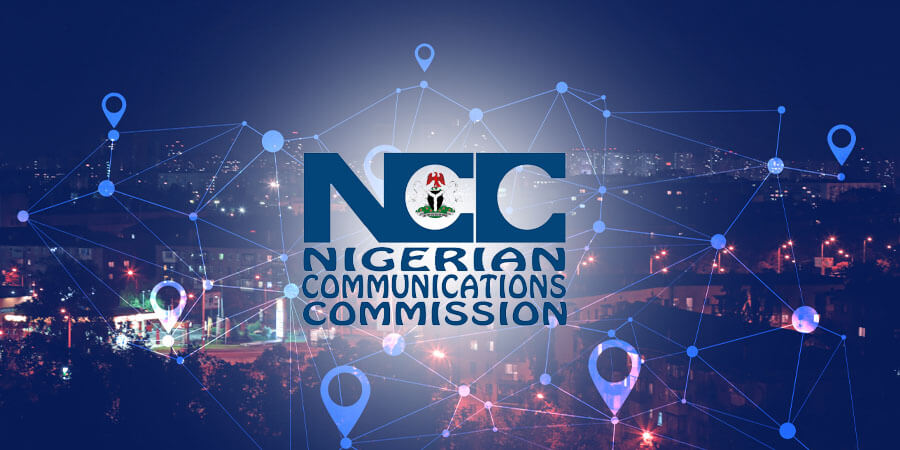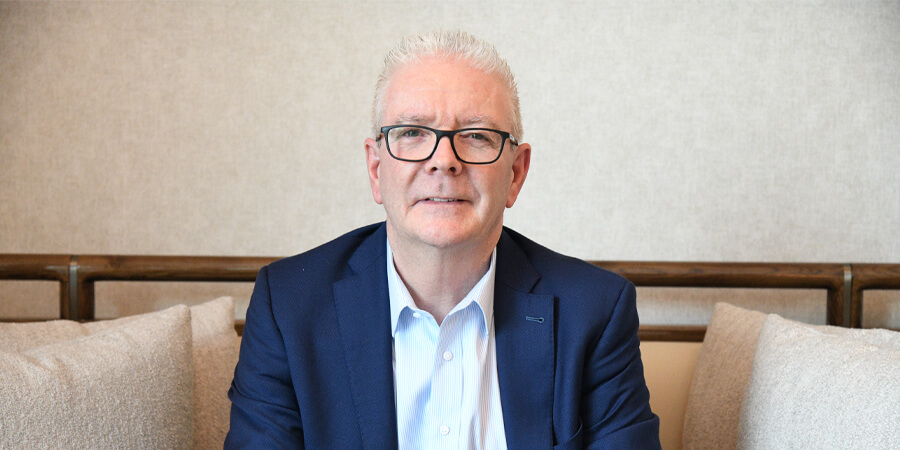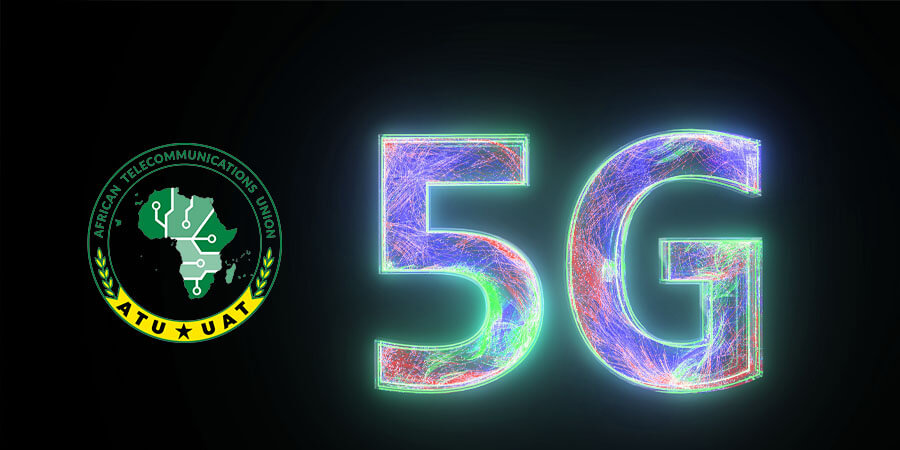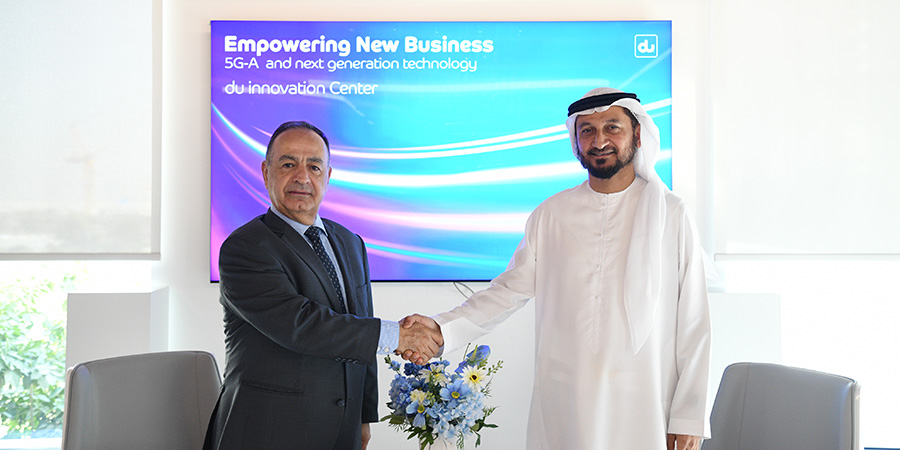Recent advances in neural communication, powered by Artificial Intelligence, have enabled paralyzed individuals to communicate at speeds of up to 78 words per minute.
Recent studies have shown that advanced brain-reading implants, boosted by artificial intelligence (AI), can enable two paralyzed individuals to communicate with remarkable speed and accuracy. In one of the studies, brain-computer interfaces (BCIs) translated neural signals into text or synthesized speech at rates of 62 and 78 words per minute. While this is slower than natural conversation, it represents significant progress in this field. Researchers worked with a patient with motor neuron disease, inserting silicon electrodes and training algorithms to decode neural signals for speech. A second team used a less invasive technique called electrocorticography on a stroke survivor, achieving similar results. Although improvements are needed, these developments hold promise for future applications. Both groups aim to enhance speed and accuracy with more robust algorithms, and further testing on a larger scale is required to ensure reliability.












